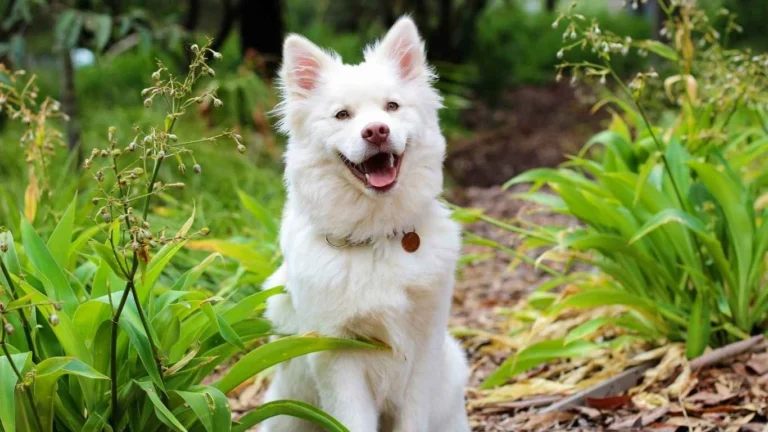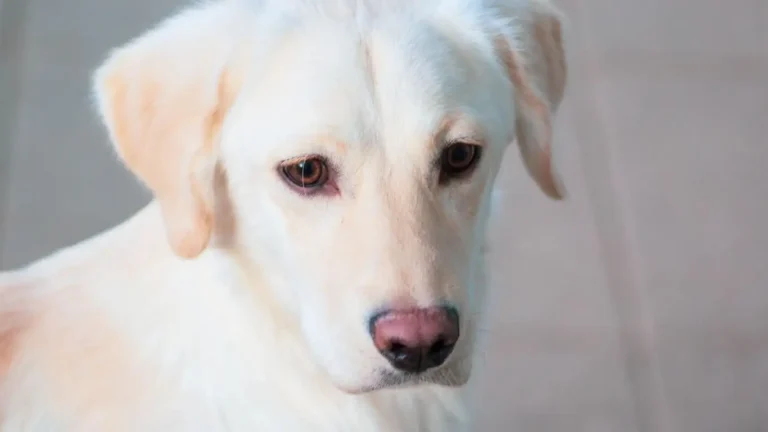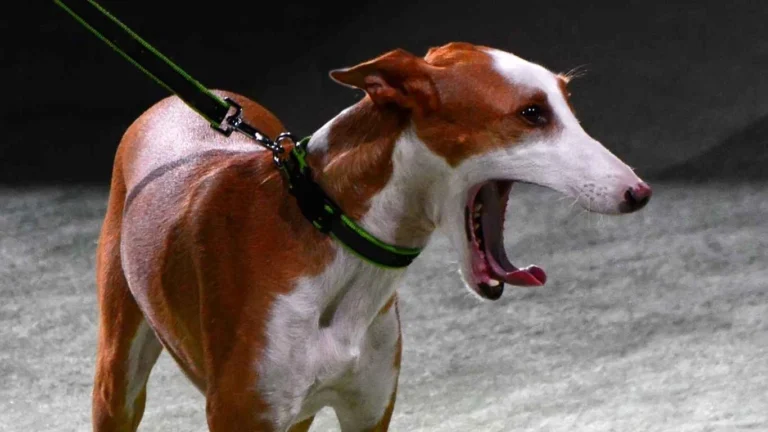Best Diet for Dogs with Food Aggression: Top Tips & Tricks
As an Animal Care Specialist working in pet clinics and shelters, I’ve witnessed all kinds of behaviors in dogs. One behavior that can be particularly challenging is food aggression. It’s a serious issue for many pet owners, but the right approach can make all the difference in curbing this dangerous behavior. One question I get asked frequently is: “What is the best diet for dogs with food aggression?” If you’re struggling with a dog that shows aggression around food, you’re not alone. Let me walk you through some insights based on my experience, research, and practical tips on how to manage food aggression, starting with understanding how diet plays a crucial role.
Understanding Food Aggression in Dogs

Food aggression, also known as resource guarding, is a common behavior issue in dogs. It occurs when a dog becomes possessive or defensive of its food, toys, or other resources. The aggression can range from growling and snapping to full-on biting. But why does it happen? Food aggression often stems from fear or anxiety about losing access to a valuable resource—like food. In the wild, dogs (and their wild ancestors) may have had to fight for their next meal, which can explain why some dogs retain this instinctual behavior.
As much as food aggression is about behavior, it’s also closely linked to nutrition. A poorly balanced diet, medical conditions, or even a lack of proper feeding routine can exacerbate food aggression in dogs. So, when we talk about managing food aggression, we must first consider the best diet for dogs with food aggression.
How Diet Affects Food Aggression in Dogs
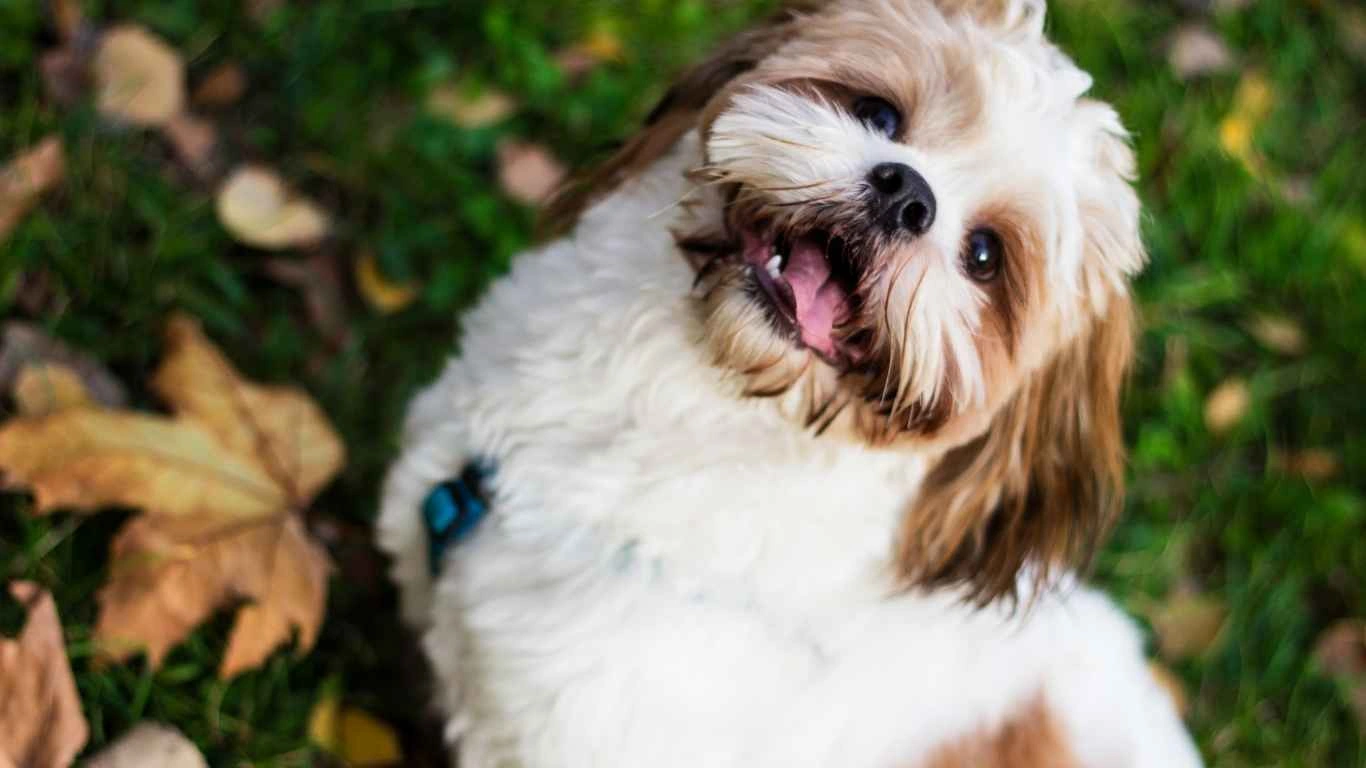
Just like humans, dogs are affected by what they eat. The nutrients in their food can influence their behavior, energy levels, and even their stress response. In my time working as an Animal Care Specialist, I’ve noticed a strong connection between a dog’s diet and its behavior—especially when it comes to food aggression.
When a dog doesn’t receive the right balance of nutrients, they can become anxious, irritable, or overly protective of their food. If a dog’s diet is lacking in protein, essential fatty acids, or other key nutrients, their overall health may decline, which can increase feelings of insecurity and defensiveness when food is involved.
One of the best ways to address food aggression is to ensure your dog’s diet is nutritionally balanced. This not only helps with their physical health but also their mental well-being. Now, let’s break down the key elements of a diet that may help reduce food aggression in dogs:
Protein: The Foundation of a Balanced Diet
Protein is an essential component of a dog’s diet, as it plays a crucial role in muscle growth, immune system function, and overall health. Inadequate protein levels can leave dogs feeling weak, anxious, or irritable, contributing to aggressive behavior. In fact, many pet owners have reported improvements in their dog’s behavior simply by switching to a protein-rich diet.
Look for high-quality protein sources, such as chicken, turkey, beef, lamb, or fish. If your dog has allergies or sensitivities to certain proteins, consult with your vet for recommendations on suitable alternatives.
Fatty Acids: Supporting Mental Health
Omega-3 and omega-6 fatty acids are just as important as protein when it comes to managing food aggression in dogs. These fatty acids are known for their role in supporting brain health, reducing inflammation, and improving mood. Dogs with a diet lacking in these essential fats can experience increased stress levels and irritability, which can trigger food aggression.
To help your dog’s mental health, try incorporating fish oil or flaxseed oil into their meals. These supplements can help improve your dog’s mood and reduce anxiety-related aggression.
Carbohydrates: Maintaining Energy and Preventing Irritability
While protein and fats are the focus of many dog diets, carbohydrates shouldn’t be neglected. Healthy carbohydrates, such as sweet potatoes, brown rice, and barley, provide dogs with slow-burning energy that helps maintain stable blood sugar levels. When blood sugar dips too low, dogs can become cranky, irritable, and more prone to aggression, especially around food.
Including moderate amounts of complex carbohydrates in your dog’s diet can prevent those sharp blood sugar spikes and crashes, leading to a more balanced, calm temperament. Plus, they offer important fiber for digestive health.
How to Choose the Best Diet for Dogs with Food Aggression
So, how do you choose the best diet for a dog with food aggression? Here’s a quick guide:
- Choose High-Quality, Protein-Rich Foods: Select dog food with high-quality animal-based proteins like chicken, turkey, or beef.
- Incorporate Healthy Fats: Look for omega-3 and omega-6 fatty acids in the ingredients list, especially from fish oil or flaxseed oil.
- Avoid Low-Quality Fillers: Stay away from dog foods that use corn, soy, or by-products as their primary ingredients. These ingredients often don’t provide the nutritional value your dog needs.
- Consult Your Vet: Always consult with your veterinarian before making major changes to your dog’s diet. They can provide personalized advice based on your dog’s health needs.
The Importance of Feeding Routine
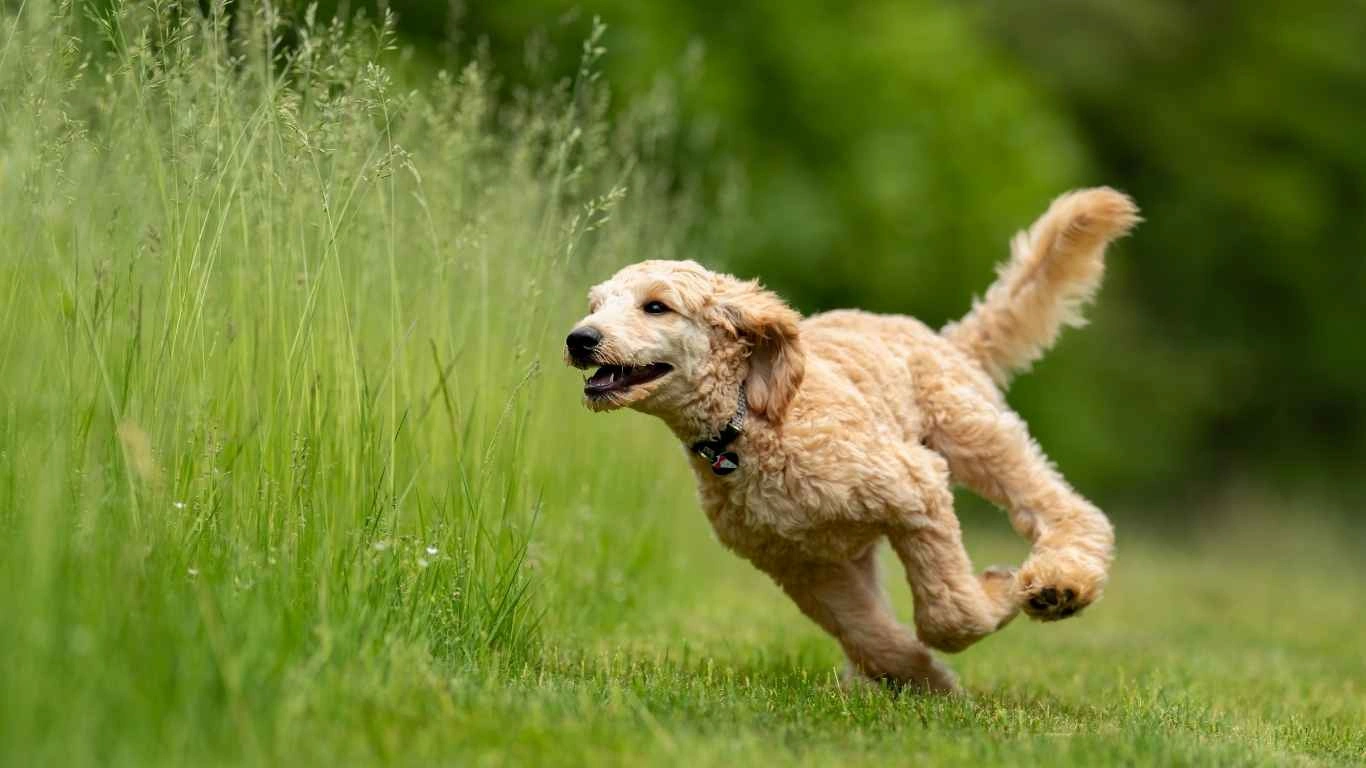
While diet plays a significant role, establishing a consistent feeding routine is just as crucial. Dogs thrive on routine, and feeding them at the same time each day helps reduce anxiety and uncertainty about when their next meal will arrive.
When dogs aren’t sure when they’ll eat again, they may become more protective of their food. This can lead to food aggression or other undesirable behaviors. To help manage this, establish a predictable feeding schedule and make mealtime a calm and positive experience for your dog. This could mean using puzzle feeders to slow down eating or feeding them in a quiet space away from distractions.
Remember, managing food aggression in dogs takes time, patience, and a holistic approach. By focusing on a well-balanced diet, a consistent routine, and positive reinforcement techniques, you’ll be on your way to helping your dog overcome this challenging behavior. Stay tuned for more tips on managing food aggression and improving your dog’s overall well-being!
Addressing Behavioral Training for Dogs with Food Aggression

Diet is just one piece of the puzzle when it comes to addressing food aggression in dogs. Another crucial factor that often gets overlooked is behavioral training. As an Animal Care Specialist, I can tell you that behavior and nutrition go hand in hand. You can feed your dog the best food, but without proper training, those aggressive behaviors might still persist. Food aggression is not something that can be fixed overnight, but with the right training techniques, consistency, and patience, it’s absolutely possible to reduce these behaviors.
One of the first things you’ll need to establish is a positive association with food. The idea is to help your dog understand that food doesn’t have to be a resource to guard, but something to enjoy and share. From my experience, this can take time, but it’s well worth the effort.
Desensitizing Your Dog to Your Presence During Meals
If your dog growls or shows signs of aggression when you approach their food bowl, it’s important to desensitize them to your presence. The key here is to make your approach a positive experience, rather than something they associate with a threat to their food. Here’s a simple training technique I often recommend:
- Start by standing a few feet away from your dog’s food bowl: At first, just stand near your dog while they’re eating. Avoid any interaction; simply remain calm and observe them.
- Gradually decrease the distance: Over time, slowly reduce the distance between you and your dog as they eat. If they show signs of aggression, back up a bit and try again.
- Introduce treats or positive reinforcement: As you approach their bowl, toss a treat into their bowl when they stay calm. This helps them associate your presence with something positive rather than threatening.
This method is all about gradual exposure and positive reinforcement. By making your presence near their food bowl a calm, rewarding experience, you’ll begin to recondition their response to food. It’s important to note that consistency is key when implementing this training.
Establishing Boundaries with Resource Guarding
Resource guarding is another common behavior that leads to food aggression. Dogs that guard their food may become aggressive if they feel someone is encroaching on their valuable resources. This can often be seen when a dog growls, snaps, or even bites when someone approaches their food bowl, toys, or resting spots. Over the years, I’ve found that teaching dogs clear boundaries can help immensely in reducing this behavior.
One of the first steps in addressing resource guarding is to teach your dog the “leave it” command. This can help prevent aggressive reactions when they’re confronted with something they feel they need to protect. Here’s a simple way to teach it:
- Start with a low-value object: Use something that your dog is not highly possessive of, like a toy or an old towel. Hold it in your hand and let them see it.
- Use the command: Say “leave it” in a firm but calm voice. When your dog stops trying to grab the object, reward them with a treat.
- Gradually increase the challenge: Practice this command with higher-value items, such as their food bowl or favorite toys. Consistently reward calm behavior, and over time, your dog will learn that guarding items is unnecessary.
Teaching these boundaries requires patience and consistency, but it’s one of the most effective ways to help your dog understand that they don’t need to protect their food or other resources from you.
The Role of Mental and Physical Exercise in Reducing Aggression
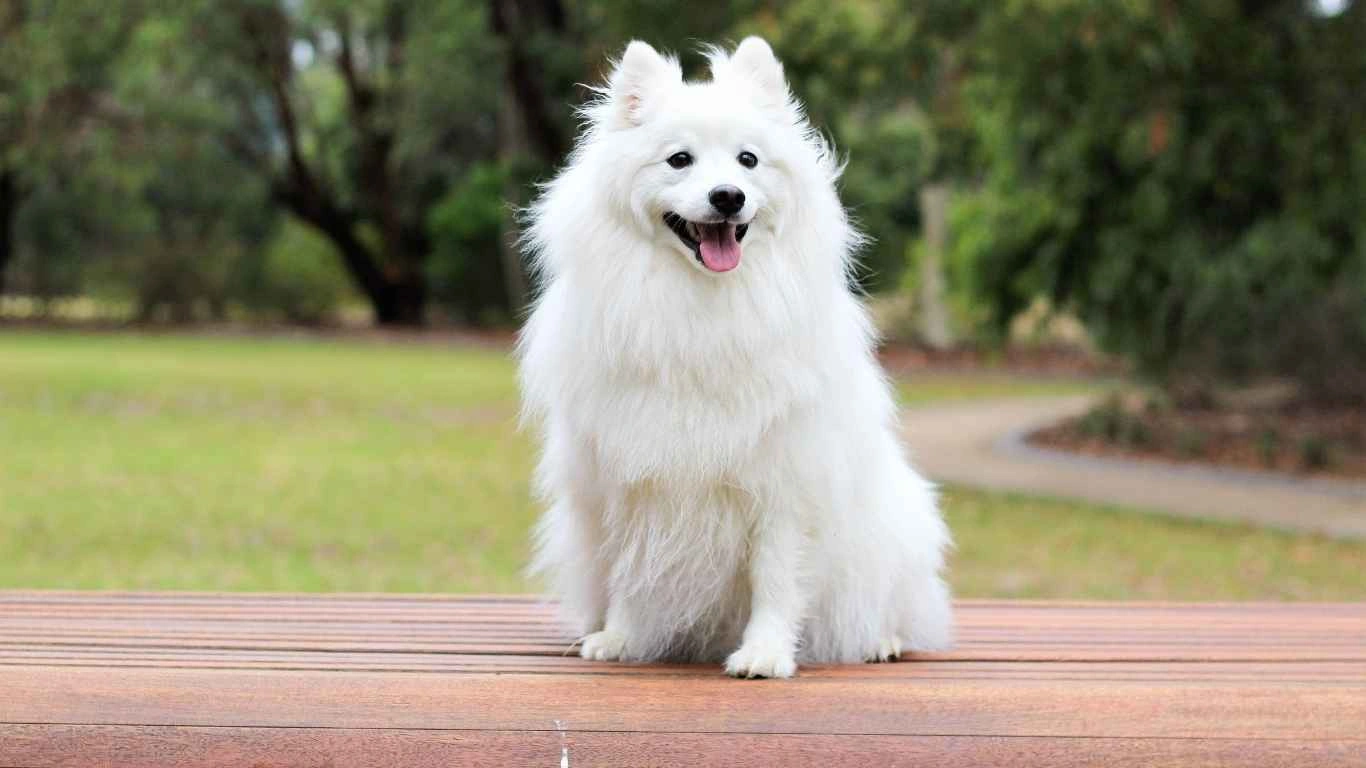
Another key factor that many pet owners overlook is the importance of mental and physical stimulation in reducing food aggression. Dogs that are bored, under-exercised, or not mentally stimulated can become more anxious and prone to aggressive behaviors, including food aggression. From my own experience working with dogs, I’ve seen time and time again how a tired dog is often a well-behaved dog.
If your dog is displaying food aggression, you might want to take a step back and assess their daily routine. Are they getting enough exercise? Do they have outlets to burn off excess energy? If not, this could be a contributing factor to their aggressive tendencies.
Physical Exercise: Burning Off Energy
Dogs need physical activity to stay healthy and balanced. Regular walks, playtime, and opportunities for them to run around are essential in reducing the likelihood of frustration or anxiety, which can lead to food aggression. If your dog isn’t getting enough exercise, they may become overly possessive of food or other resources simply because they’re not expending enough energy.
Make sure you’re incorporating a variety of physical activities that your dog enjoys. Whether it’s fetch, hiking, or running in the yard, physical activity helps to alleviate stress, making it easier for your dog to stay calm during meals.
Mental Stimulation: Keeping Their Mind Engaged
In addition to physical exercise, mental stimulation is just as important. Dogs are intelligent creatures, and when they don’t have enough to do mentally, they can become anxious or restless. Puzzle toys, obedience training, and interactive play can all help to tire your dog out mentally, which in turn can reduce the likelihood of food aggression.
Try incorporating brain games into your dog’s daily routine. This can be as simple as hiding treats around the house or using interactive food-dispensing toys. Not only do these activities provide mental stimulation, but they also encourage your dog to learn and problem-solve, which can help reduce aggressive tendencies.
Managing Food Aggression in Multidog Households
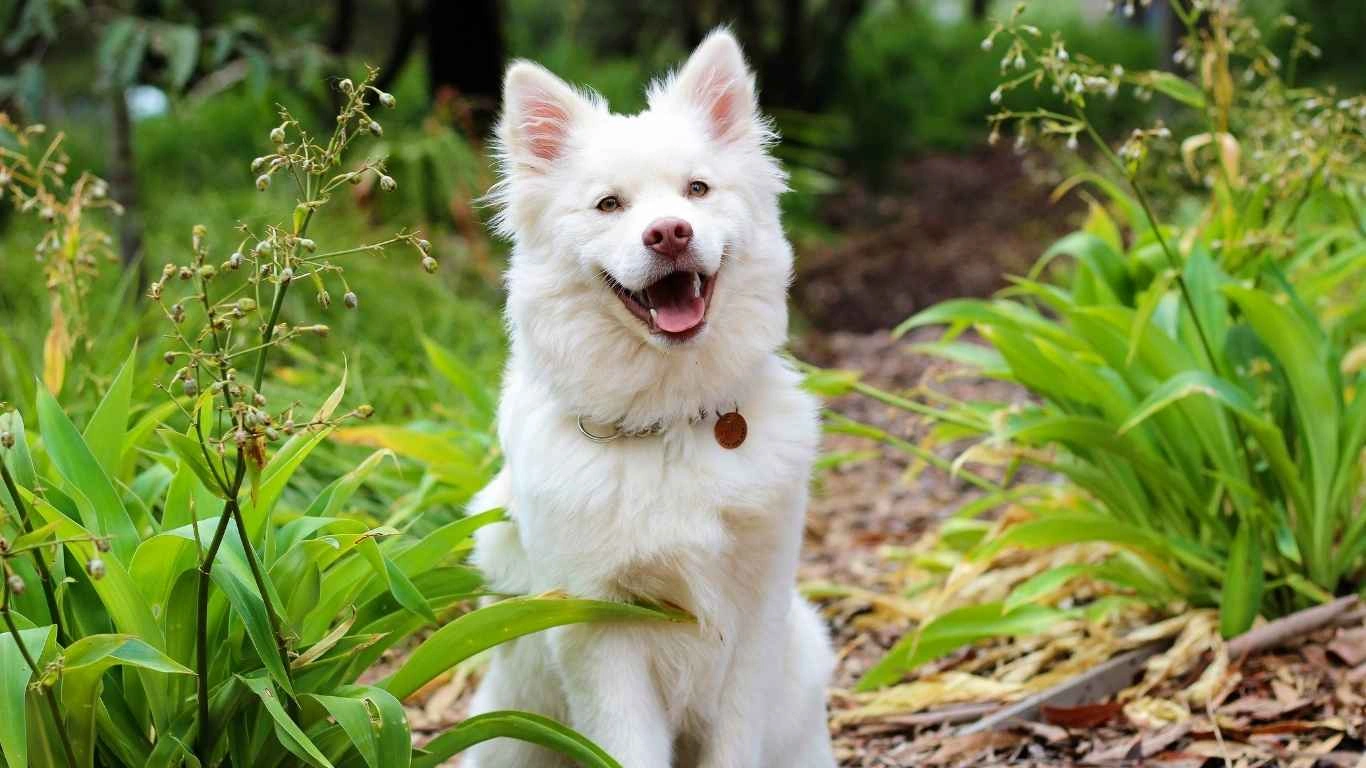
If you have multiple dogs, food aggression can become even more complicated. In my experience, dogs that share a household can develop territorial behaviors, especially when it comes to food. This can result in fighting, guarding, or more extreme food aggression. Managing food aggression in a multi-dog household requires additional attention to feeding routines and resource management.
One strategy I’ve found effective is feeding dogs separately. This prevents competition and reduces the likelihood of one dog feeling the need to guard their food. If space allows, give each dog their own feeding area and make sure they eat in peace without distractions from other pets.
Additionally, it can be helpful to supervise meal times, especially in the beginning. This gives you the opportunity to step in if any aggression arises, and it helps your dogs understand that they can’t fight over food. Over time, as your dogs become more accustomed to sharing space, you can gradually decrease supervision.
When to Seek Professional Help for Food Aggression

Despite the best efforts at home with diet adjustments and behavioral training, some dogs may still struggle with food aggression, especially if the aggression is deeply ingrained. As much as I’ve seen dogs make tremendous progress on their own, there are times when professional help is the best solution. If your dog’s aggression seems uncontrollable or escalates, it might be time to call in an expert.
In my career as an Animal Care Specialist, I’ve witnessed how behavioral specialists and veterinarians can work wonders with dogs that are struggling with severe food aggression. These professionals can offer targeted approaches that go beyond basic training, including behavior modification techniques and specialized therapy. If you’re noticing signs such as persistent growling, snapping, or biting, it’s important not to ignore them, as food aggression can lead to dangerous situations.
Consulting a Veterinarian for Medical Concerns
Sometimes, food aggression may be linked to an underlying medical issue. For example, conditions like hypothyroidism, gastrointestinal pain, or even dental problems can make a dog more irritable or aggressive around food. If your dog’s behavior has changed recently or seems abnormal, it’s worth checking in with a veterinarian to rule out any physical health problems.
As a specialist, I always advise pet owners to be proactive about their dog’s health. A thorough examination can help identify pain or discomfort that could be contributing to aggression. Treating the underlying medical condition can often reduce or eliminate food aggression altogether, so don’t hesitate to seek professional help if you suspect a medical issue.
Hiring a Professional Dog Trainer
If you’ve been working on the food aggression issue at home but still feel stuck, a professional dog trainer may be able to offer the specialized support you need. A dog trainer can work one-on-one with you and your dog, assessing the situation and creating a tailored training plan. They’ll also be able to provide guidance on how to address food aggression safely and effectively, with techniques that align with your dog’s temperament.
When choosing a dog trainer, look for someone who uses positive reinforcement techniques. As I’ve mentioned throughout this article, punishing a dog for food aggression or using fear-based tactics can make the problem worse. A certified trainer will focus on positive methods that help build your dog’s confidence while reducing aggressive behavior. Be sure to ask for references and verify their certifications to ensure you’re getting the right help.
Preventing Food Aggression in Puppies
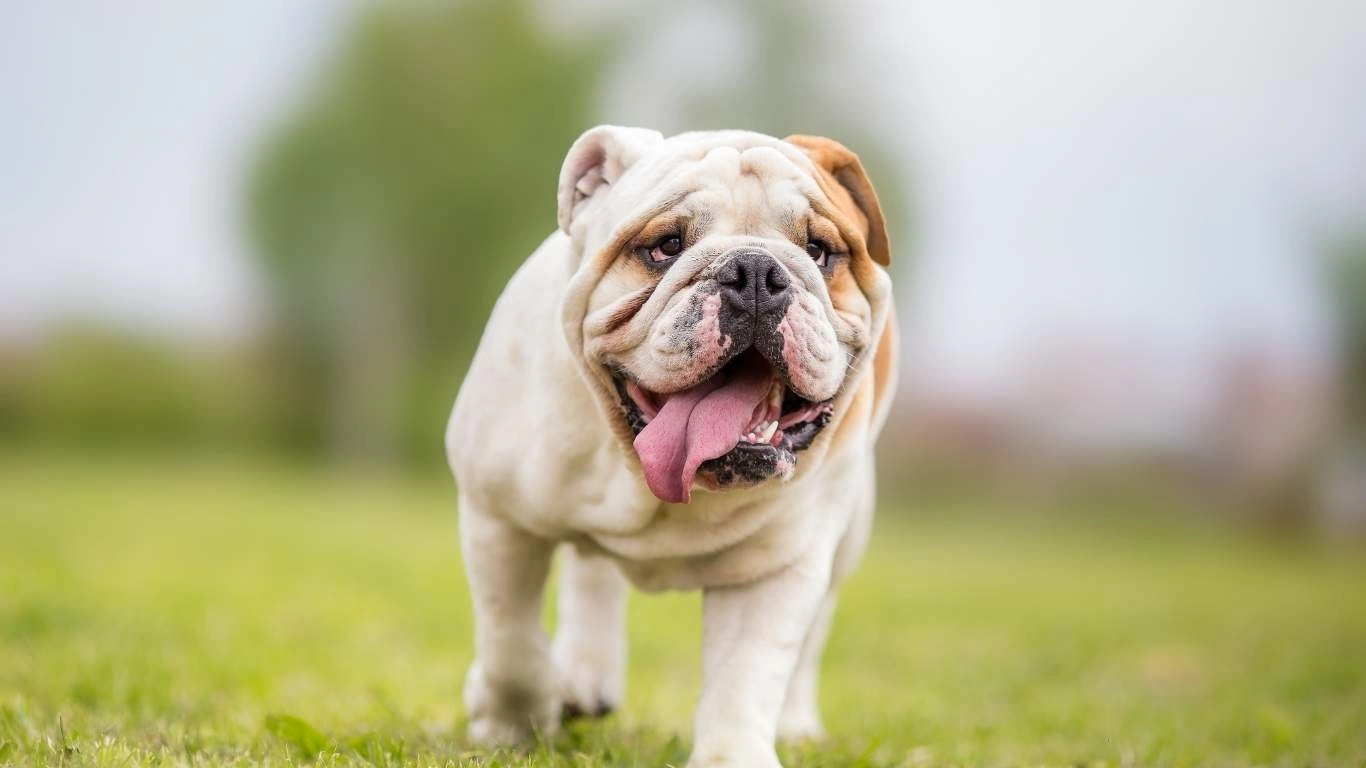
While much of this article has focused on managing food aggression in adult dogs, it’s equally important to prevent this behavior from developing in the first place. If you have a puppy, you’re in the perfect position to create healthy habits that can prevent food aggression from ever becoming an issue.
From my experience, puppies that are raised with consistent routines, socialization, and positive reinforcement are less likely to develop food aggression as they grow. Early intervention is key, and here are some strategies to prevent food aggression in puppies:
- Socialization is Key: Expose your puppy to different people, dogs, and environments in a positive, controlled way. Socialization helps puppies learn that food isn’t something they need to guard because they can trust the people around them.
- Introduce “Leave It” and “Drop It” Commands Early: Start training your puppy to obey basic commands like “leave it” or “drop it” when they’re still young. This helps them learn to relinquish items (including food) without fear of punishment.
- Set Up a Calm Feeding Routine: Establish a consistent feeding routine where your puppy knows they will be fed at regular intervals. A predictable schedule reduces anxiety around mealtime and helps your puppy feel more secure.
- Avoid Punitive Measures: Never use punishment-based training for food aggression. Harsh methods can cause fear, stress, and confusion, which can lead to even more aggression. Positive reinforcement is always the way to go.
By focusing on these early training practices and creating a stress-free environment, you can greatly reduce the chances of food aggression in your puppy.
Additional Tips for Managing Food Aggression
Aside from diet, training, and exercise, here are a few extra tips that I’ve found effective in helping manage food aggression in dogs:
- Use Puzzle Feeders: Puzzle feeders or slow feeders are a great way to reduce food aggression. They make dogs work for their food, which encourages them to eat more slowly and in a less possessive manner. Plus, they provide mental stimulation!
- Feed Dogs in Separate Rooms: If you have multiple dogs, consider feeding them in different areas of the house. This can eliminate competition and prevent fights over food. Separate feeding can also create a peaceful mealtime experience for each dog.
- Positive Reinforcement: Always reward calm behavior around food. This reinforces the idea that good things happen when your dog stays calm and relaxed during mealtime.
- Keep Food Out of Reach When Not Eating: If your dog has a habit of guarding their food when they’re not eating, keep food bowls out of sight or in an area they can’t access unless it’s mealtime. This reduces the temptation for them to guard food that’s not being eaten.
Resources to Further Explore
To help you navigate food aggression and ensure you’re providing the best care for your dog, here are some trusted resources you can turn to for additional guidance:
- PetMD – For expert advice on dog health, behavior, and nutrition.
- American Kennel Club (AKC) – Learn more about dog training, behavior, and breed-specific needs.
- National Institutes of Health (NIH) – Research and information on the impact of nutrition on dog behavior.
Disclaimer
While the information in this article is based on my personal experience and knowledge as an Animal Care Specialist, it is always important to consult with a professional veterinarian or certified dog trainer for advice specific to your dog’s needs. Every dog is different, and what works for one may not work for another. Always seek personalized advice to ensure the best outcomes for your pet.


